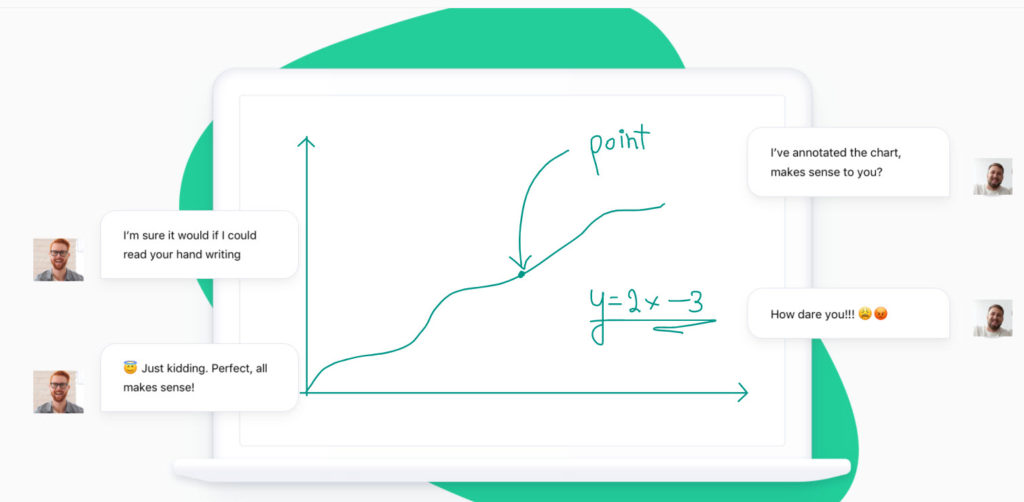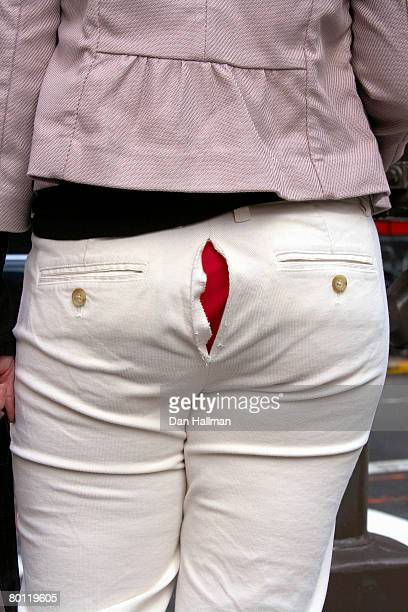Discovery Tip #8.
 One of my discovery tricks is to interview top trade magazine writers who cover the category beat. If doing an assignment on energy drinks or beer, I run down the top writer at Beverage magazine and attempt to interview them. There are trade publications on every topic under the sun. It’s best to read a few of their stories before contacting, showing some interest and awareness of their craft, as well as picking up on language. One way to find out if they are a top writer is to see if you can gather up readership reports from the publication. Many trades report on their best read pieces, departments and writers. It’ a neat short cut.
One of my discovery tricks is to interview top trade magazine writers who cover the category beat. If doing an assignment on energy drinks or beer, I run down the top writer at Beverage magazine and attempt to interview them. There are trade publications on every topic under the sun. It’s best to read a few of their stories before contacting, showing some interest and awareness of their craft, as well as picking up on language. One way to find out if they are a top writer is to see if you can gather up readership reports from the publication. Many trades report on their best read pieces, departments and writers. It’ a neat short cut.
Also, these writers have a many smart connects they interview and quote for their stories. Track them down. Today, one might call these quoted people influencers; I prefer to call them experts with skin in the game.
It’s a great way to begin to cast the net. Not only for ideas, but sources.
Peace.









